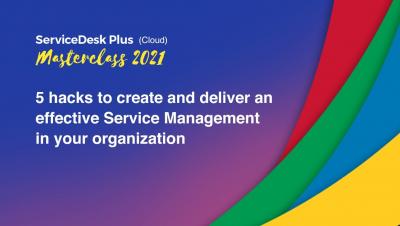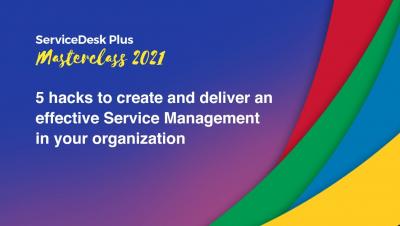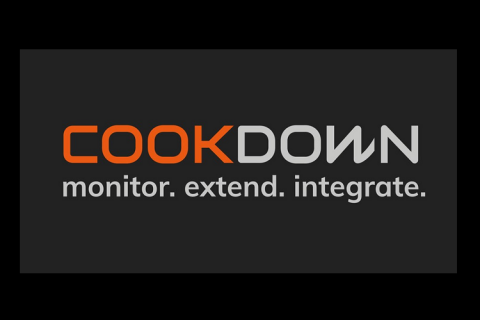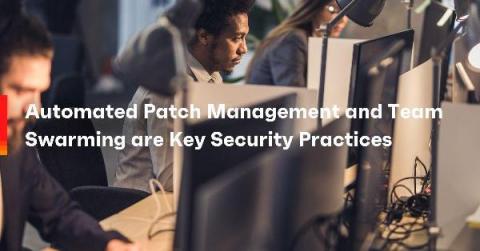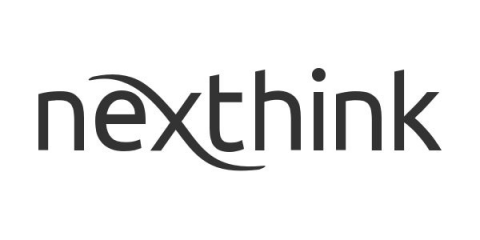Operations | Monitoring | ITSM | DevOps | Cloud
ITSM
The latest News and Information on IT Service Management, Service Desk and related technologies.
5 hacks to create and deliver an effective Service Management [On-premises]
How ITOM visibility delivers peace of mind
The check engine light on a vehicle warns the driver when something under the hood needs attention. Wouldn’t it be nice if every organization had a similar flashing indicator to let them know when their Transport Layer Security (TLS) certificate is about to expire? Unfortunately, reality isn’t that simple. We tend to deal with the day-to-day maintenance of our vehicle in different ways.
The End of Automation Anxiety
What is ITOM and why is it important to ITSM?
Businesses of today are faced with an extensive list of technical solutions, both on-prem and in the cloud, with which to manage their business services and systems. As the complexity of IT infrastructures increases so does a business’s ability to maintain service levels. If new systems and processes are not aligned and synchronized across a business, it can result in a lack of visibility, which can negatively impact critical services.
Automated Patch Management and Team Swarming are Key Security Practices
In the blink of an eye, you can miss a new business disrupting security incident. We all recognize that cybersecurity breaches are increasing in volume and sophistication. How we respond to them is critical. Security vulnerabilities force organizations to go outside of their daily activities to execute out-of-band responses. We face numerous challenges in managing security risk.
Acquisition with Intent and The Rise of The Everywhere Workplace: Why Ivanti Is Moving Faster Than Ever During a Global Pandemic
It's easy for businesses to drop into reactive survival mode during a crisis like COVID-19. Navigating rapidly changing conditions can make it difficult to think beyond immediate challenges. And yet, even – or perhaps especially – in a crisis, it’s imperative that companies execute strategies that will make them stronger in the long term. In the case of COVID-19, those strategies should support clients as they transition to new working conditions.
Stop Onboarding Like It's 2019
First impressions matter. The first day of a new job can be daunting, especially in a post-2020 world. Back in 2019, you might have asked yourself questions like: is this office going to be open-concept or a bunch of cubicles? Will I get to sit near a window with some natural light or are they going to stick me next to the bathroom? Now new hires ponder questions like: what will my digital work environment look like? Will IT send me a new laptop, camera, and speakers?
IT Support Fatigue is Real (Here's How to Solve It)
Have you ever seen one of those old war movies where some grizzled veteran is whispered to have the fabled ‘1,000-yard stare’? Well, you need to keep an eye for it among IT teams too. IT Support Fatigue was already a very real problem before the pandemic, and has only become more severe in the months since. It’s an issue we explored in the Nexthink Pulse Report.
Human-centered IT service management: The next great differentiator
Positive employee and customer experiences are critical to business growth and digital transformation success. But, such experiences require revamping how organizations structure, deliver, and measure IT services. That’s why human-centered IT service management is growing in popularity for companies that want to innovate IT and gain a competitive advantage. Here are some insights for IT leaders who may be hesitant to take the leap into human-centered ITSM.


